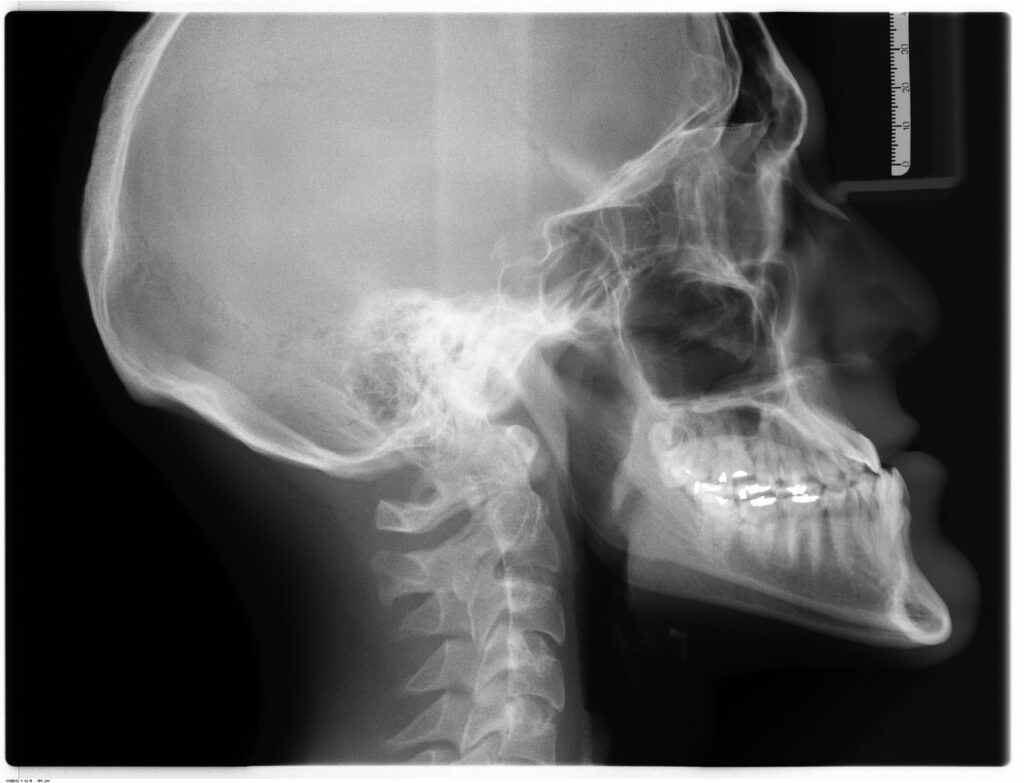ABC's of Recycling,
X is for X-ray
Jan 03 2024

ABC’s of Smart Recycling
X-rays have only been around a little over a hundred years. They were discovered in 1895 by a German physicist Wilhelm Rontgen. But nowadays, over 3.6 billion x-rays (and other diagnostic scans) are performed every year, according to the World Health Organization. That’s a lot of x-rays.
What are they made of?
Modern x-rays are mainly done electronically. But old style radiographic film, or X-rays,
“consist of a radiation-sensitive emulsion coated on a transparent polyester base. The emulsion consists of silver halide crystals (typically 95% silver bromide and 5% silver iodide) and gelatin which provides the suspension medium for the silver halide grains.”
American Association of Physicists in Medicine, aapm.org
That’s right. There’s silver , a heavy metal. in them there x-rays!
Don’t trash X-rays
Did you know that x-rays are considered private medical information, which means it’s illegal to just throw them away? All trace of personal information must be removed before disposing of medical information. And don’t just toss them in the trash. If sent to landfill, the heavy metals in the photographic emulsion can filter into groundwater, harming fish and other wildlife.

Recycling x-rays allows for the recapture of the silver as well as recycling of the plastic films. It’s a win-win! (Not to mention the carbon savings created by re-use instead of mining new silver.)
If you’re thinking about getting rid of old x-rays, talk with your doctor about the possibility of returning them to your doctor’s office to be managed by their medical waste service. If that’s not possible, consider bringing them to SCARCE. With the support from a grant provided by DuPage Foundation, SCARCE now collects and recycles x-ray, MRI and lithographic films through a local, EPA certified, and HIPPA compliant company.
For more information, check out our website.